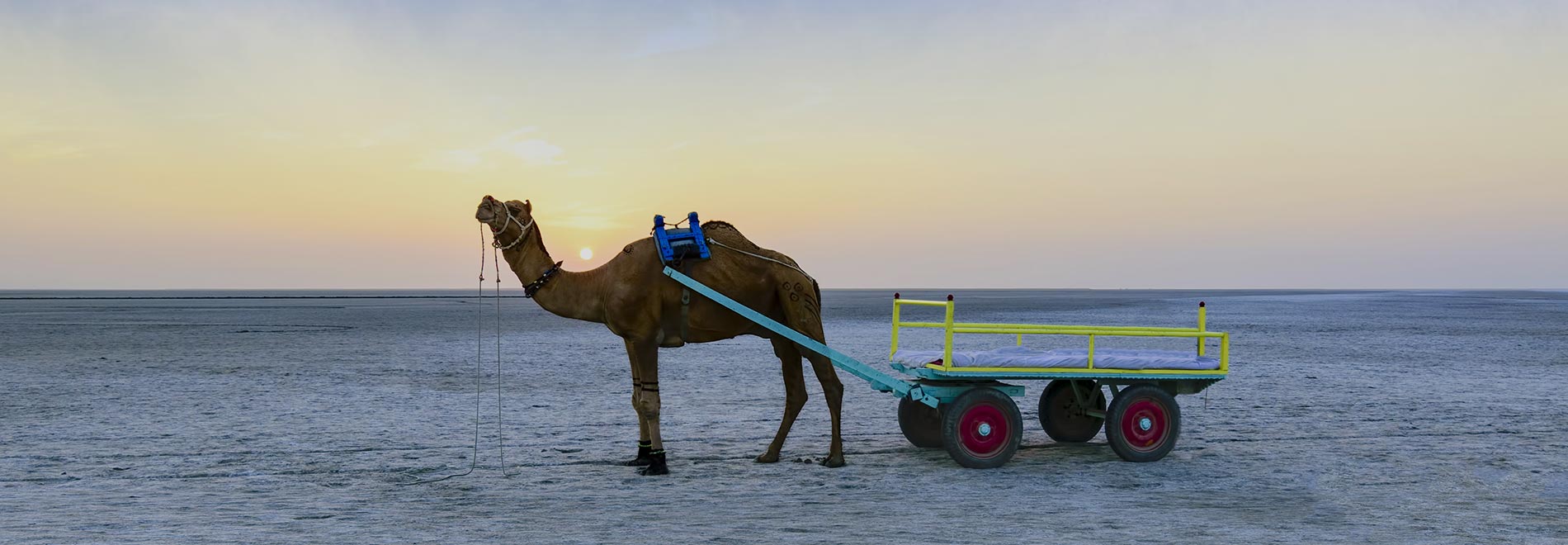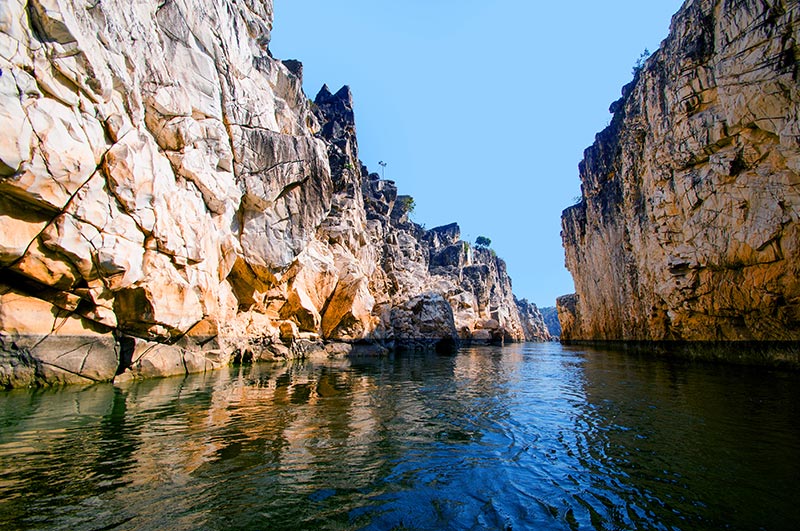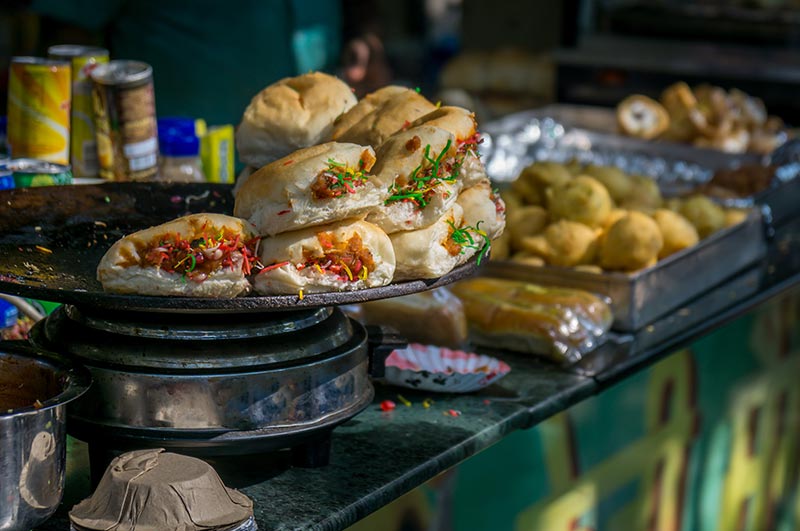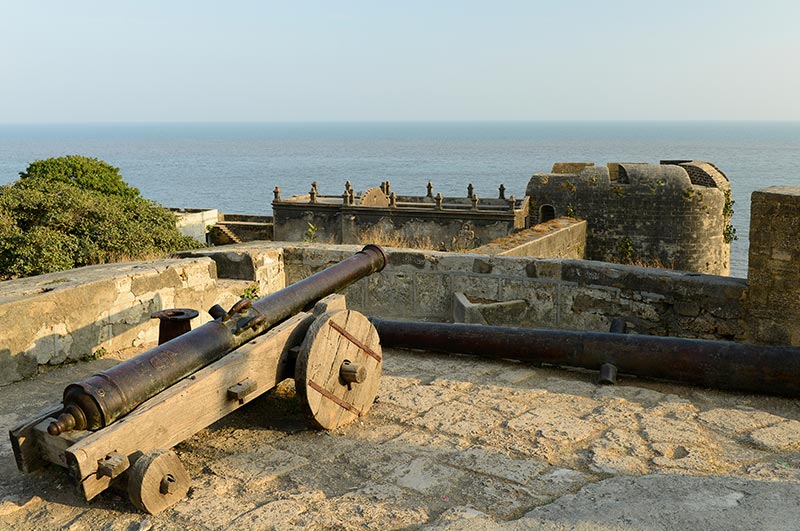

Where Ancient Whispers Mingle with Modern Marvels
Western India, a vibrant tapestry woven with contrasting threads, beckons travelers with its rich cultural heritage, diverse landscapes, and pulsating cities. Encompassing the states of Gujarat, Maharashtra, Madhya Pradesh, and pockets of Rajasthan, this region offers an unforgettable adventure for every explorer. As your trusted partner for outdoor adventures across India, OutdoorKeeda brings you the best of Western India!
Maharashtra, the "Land of Marathas", pulsates with a captivating duality. Mumbai, its crown jewel, thrums with the relentless energy of Bollywood, the financial might of the stock exchange, and the iconic lifeline the local trains. Foodies will find themselves drawn to the legendary Vada Pav, a street food masterpiece, while history buffs can delve into the ancient Ajanta and Ellora Caves, UNESCO World Heritage Sites adorned with mesmerizing sculptures and paintings.

Maharashtra also caters to the soul's yearning for spiritual connection. Immerse yourself in the electrifying fervor of Ganesh Chaturthi, a ten day festival celebrating Lord Ganesha, or seek blessings at the revered Shirdi Sai Baba Temple. Nestled amidst the picturesque Sahyadri mountains, hill stations like Lonavala and Khandala offer a refreshing escape with their breathtaking landscapes and delectable Chikki treats.
Gujarat, the birthplace of Mahatma Gandhi, is steeped in cultural richness. Explore the architectural marvels of Ahmedabad, a city echoing with history. Embark on a spiritual journey to Dwarka, a holy city believed to be established by Lord Krishna. Immerse yourself in the vibrant Rann Utsav, a festival showcasing the ethereal beauty of the Rann of Kutch, a vast expanse of salt marshes that transforms into a surreal lunar landscape under the moonlight. Don't miss savoring the delectable Gujarati cuisine, renowned for its use of gram flour in dishes like Dhokla and Thepla, a vegetarian paradise for food enthusiasts.
Madhya Pradesh, the "Land of Namkeens", is a haven for foodies with its diverse and delectable snacks. In Indore, delve into the bustling Sarafa Bazaar, transforming into a vibrant street food haven after sunset. Madhya Pradesh also boasts architectural gems like Khajuraho temples, intricate monuments depicting ancient artistry, and national parks like Kanha and Bandhavgarh, teeming with diverse wildlife for the nature enthusiast.

Western India offers experiences beyond the usual tourist trail. Explore the colonial charm of Panchgani in Maharashtra, a hill station renowned for its strawberry fields. In Gujarat, embark on a jeep safari through the Little Rangle of Kutch, a stark yet captivating desert landscape. Madhya Pradesh invites adventure seekers to explore the majestic marble canyons of Jabalpur, or trek through the enchanting Pachmarhi hills, a haven of cascading waterfalls and ancient caves. Let OutdoorKeeda help you curate the perfect off the beaten path adventure!
Western India comes alive with vibrant festivals throughout the year. Witness the electrifying Garba and Dandiya dances during the nine day Navratri festival in Gujarat, a celebration honoring Goddess Durga. In Maharashtra, immerse yourself in the joyous immersion of Ganesh Chaturthi idols, marking the end of the ten-day festival. Be mesmerized by the dazzling Diwali celebrations, the festival of lights, illuminating homes and streets across the region.

Western India promises an experience like no other. Whether you seek the thrill of bustling cities or the solace of spiritual sanctuaries, the indulgence of delectable cuisine or the excitement of exploring hidden gems, this region caters to every traveler's desire. From the architectural marvels to the diverse landscapes, the vibrant culture to the warm hospitality, Western India will leave an indelible mark on your soul. So, pack your bags, embrace the spirit of adventure, and embark on your unforgettable journey through this captivating land with OutdoorKeeda as your guide!
West India comprises the following states: Maharashtra, Gujarat, Goa, Daman and Diu, Dadra and Nagar Haveli.
West India boasts a rich and vibrant culture, influenced by Hinduism, Islam, Jainism, and Portuguese colonialism. It's renowned for its historical sites, delectable cuisine, and traditional festivals like Diwali and Ganesh Chaturthi.
The west coast of India is known for its stunning beaches. Some popular ones include:
Goa: Calangute Beach, Colva Beach, Palolem Beach
Maharashtra: Juhu Beach (Mumbai), Ganpatipule Beach, Kashid Beach
Gujarat: Dwarka Beach, Somnath Beach, Mandvi Beach
West India is generally safe for tourists. However, as with any travel destination, it's important to be aware of your surroundings and take precautions like not carrying large sums of cash.